
The 2022 MLB offseason is winding down with Opening Day around the corner and the MLB schedule set to begin. As the pool of top MLB free agents dries up and trades slow down, it’s time to reflect on everything that went down.
It’s certainly an offseason the baseball world can’t forget. Things started with a bang after the World Series, with the New York Mets signing Max Scherzer and Corey Seager joining the Texas Rangers. Unfortunately, the MLB lockout brought everything to a halt on Dec. 2.
We saw the MLB offseason go on a three-month hiatus, not a single move made to keep the hot stove burning in the winter. Once the shutdown finally ended, an avalanche of moves followed and have led us to the bringing of the 2022 MLB season.
Related: MLB season FAQ
Let’s dive into the biggest losers from the MLB offseason.
New York Yankees
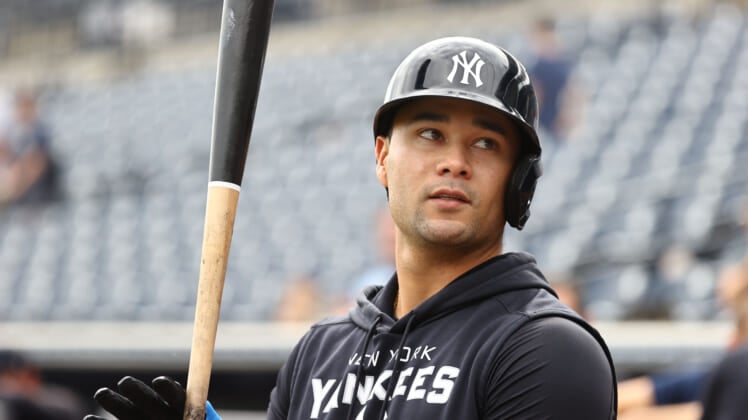
The New York Yankees entered the winter with a massive need at shortstop and a desire to upgrade at first base. They couldn’t ask for better timing with Carlos Correa, Corey Seager, Trevor Story and Freddie Freeman all available on the open market. New York got reports out that it pursued every option, seemingly right before each player always signed with another club.
New York improved defensively at shortstop with Isiah Kiner-Falefa coming in after finishing with the third-most Defensive Runs Saved (10) and posting the ninth-highest Def Rating (8.2) among shortstops last season, per FanGraphs. They also re-signed Anthony Rizzo to maintain consistency at first base.
That’s not enough to win the World Series. Even with half his games played at Yankee Stadium, Kiner-Falefa will likely finish towards the bottom of the American League in OPS among shortstops. Meanwhile, the Yankees’ catcher situation puts another black hole in their lineup. All of this for a team that bizarrely ate the Josh Donaldson contract ($50 million), dramatically increasing payroll with an aging player who might not fit into the clubhouse.
All of this just adds to the concerns we already had. Luis Severino (18 innings) and Jameson Taillon (181.2) have combined for under 20 innings pitched since 2019. Jordan Montgomery threw 78 combined innings from 2018-’20. Concerns with the rotation’s durability and an injury-plagued lineup are huge red flags for a team that seemingly collapses every year in October.
Cincinnati Reds
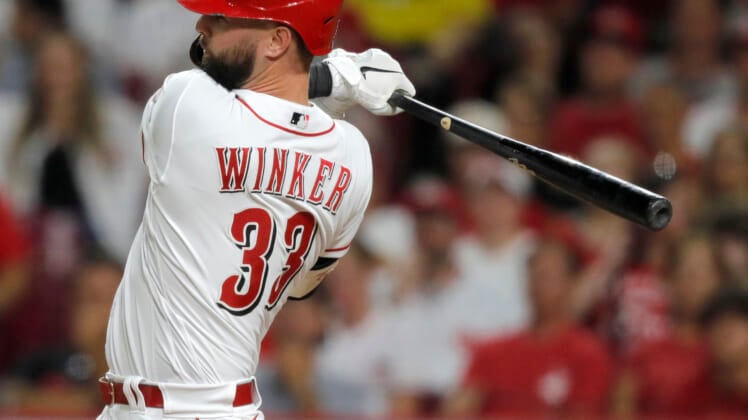
It became evident during the MLB offseason that the Cincinnati Reds ownership wanted to slash payroll. Literally giving away Wade Miley (3.37 ERA in 2021) to the Chicago Cubs made those intentions quite clear. Yet, even this quasi-rebuild with the sole intention of cutting payroll didn’t see many moves that made logical sense in terms of baseball strategy.
After dumping Miley’s $10 million salary, Cincinnati traded for $10 million arm Mike Minor to provide rotation depth. Keep in mind, Minor posted a 5.05 ERA last season and Cincinnati must pay him $1 million next year to terminate its club option. Essentially, the Reds paid more money to downgrade at pitcher.
Naturally, there are other moves that raise a lot of questions. The Reds desperately wanted to move off the Eugenio Suarez contract – owed $34 million over the next three seasons – and they did. However, they sold at the lowest possible point on Suarez. If that wasn’t enough, the club included outfielder Jesse Winker (arbitration-eligible through 2023) and didn’t receive a massive return because Suarez’s contract was attached.
Even the one-year deal with Tommy Pham ($7.5 million) doesn’t make sense for a team that is still flush with outfielders. This was just a baffling offseason for Cincinnati.
San Diego Padres
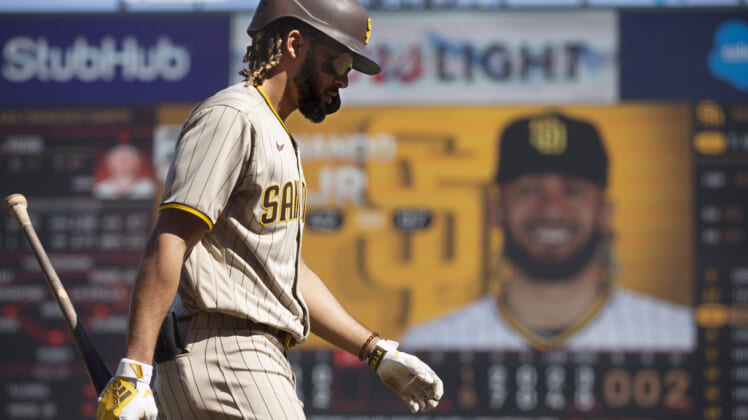
The San Diego Padres had reason to feel optimistic after the lockout. Healthy stars would report for spring training and the franchise still had a little money to spend in free agency. Unfortunately for baseball fans in San Diego, things unraveled quickly.
Losing Fernando Tatīs Jr. until June is a massive blow for a lineup that isn’t especially strong to begin with. The Padres wanted to fill the void of power production, pursuing marquee free agents and falling short every time. One of the biggest reasons for the lack of spending can be tied to the Eric Hosmer contract, a deal everyone recognized as a massive overpay back in 2018. Unsurprisingly, no club wants to acquire a player who is owed $60 million through 2025 and owns a combined 2.7 bWAR since 2018.
Those two things would make this a difficult MLB offseason for the Padres. It’s all made worse by the Los Angeles Dodgers improving and the San Francsico Giants strengthening their rotation. This is still a good team, but it could have been great.
Houston Astros
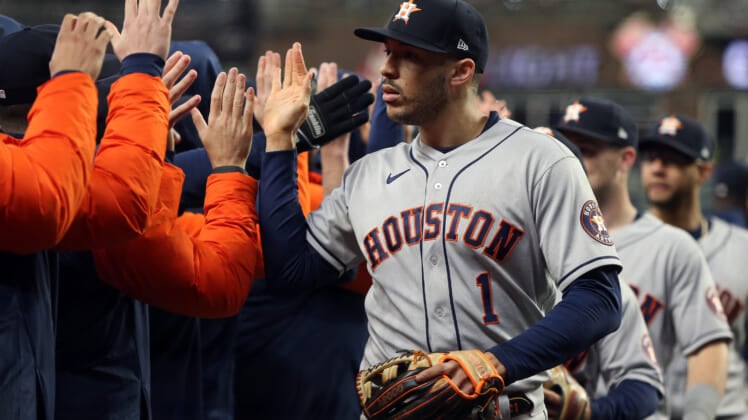
Few expected Carlos Correa to re-sign with the Houston Astros this offseason. If they were going to lose the All-Star shortstop, many assumed the club would at least replace him with another. This is a team that should be in win-now mode, competing for the World Series and challenging the likes of the Toronto Blue Jays and Tampa Bay Rays.
Instead, Houston will be throwing Jeremy Pena out into its Opening Day lineup. This isn’t a knock on the 24-year-old infielder who is set to make his MLB debut. He performed well across 23 games at Triple-A in 2021, posting a .287/.346/.598 slash line. However, his limited physical tools mean he might only be a slightly above-average player at his peak.
Related: MLB playoffs schedule, predictions
We’re still expecting the Astros to win the AL West by multiple games Combine that with a starting rotation that features a lot of injury red flags, it makes this offseason worse. In a year when the CBT is rising and at least five teams will spend $200-plus million, Houston won’t even crack a $180 million payroll.
Colorado Rockies
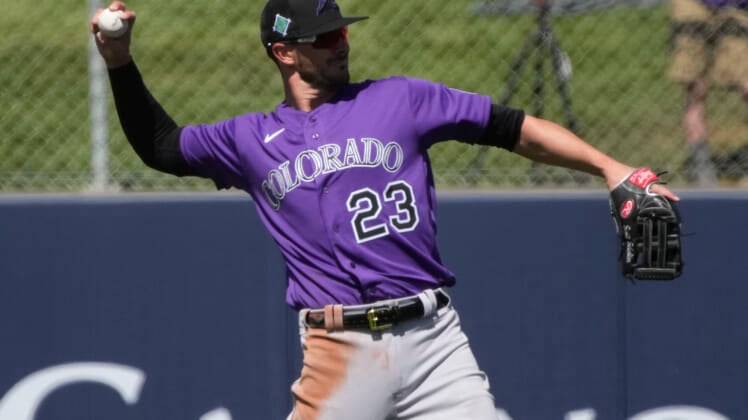
A year after the Colorado Rockies traded franchise icon Nolan Arenado to avoid paying him the remainder of his contract, it signs Kris Bryant. While we typically applaud teams for spending money, there just isn’t much logic that can be found in the decision.
Bryant isn’t to blame. The 30-year-old saw an opportunity to make $182 million guaranteed and he took it. As for the Rockies, it’s a bizarre investment. Bryant is already showing real signs of decline and some of his skills won’t hold up well over time. This is a player who finished in the 29th percentile for average exit velocity, the 67th percentile for Barrel rate and the 16th percentile for Outfield Jump, per Baseball Savant.
Signing Bryant doesn’t suddenly make Colorado a good team, it likely won’t even hit the .500 mark. If the Rockies don’t end up trading Bryant within the next two seasons, they’ll end up regretting this deal for years. One thing is certain, this was the most dumbfounding move of the MLB offseason.



